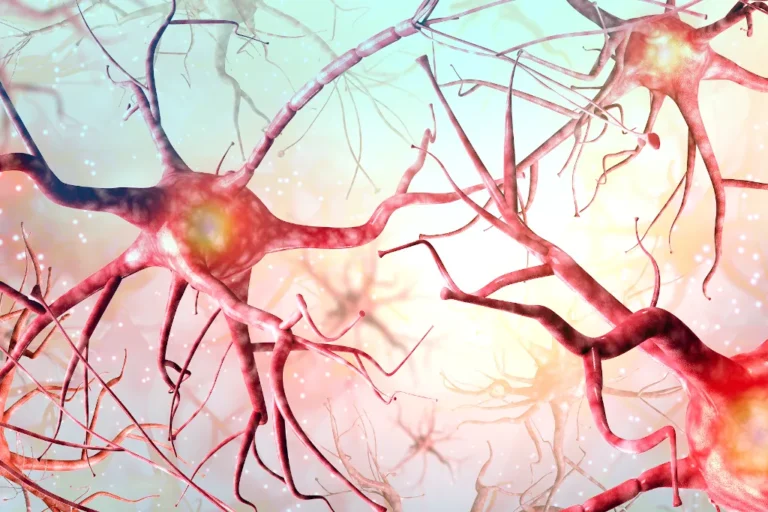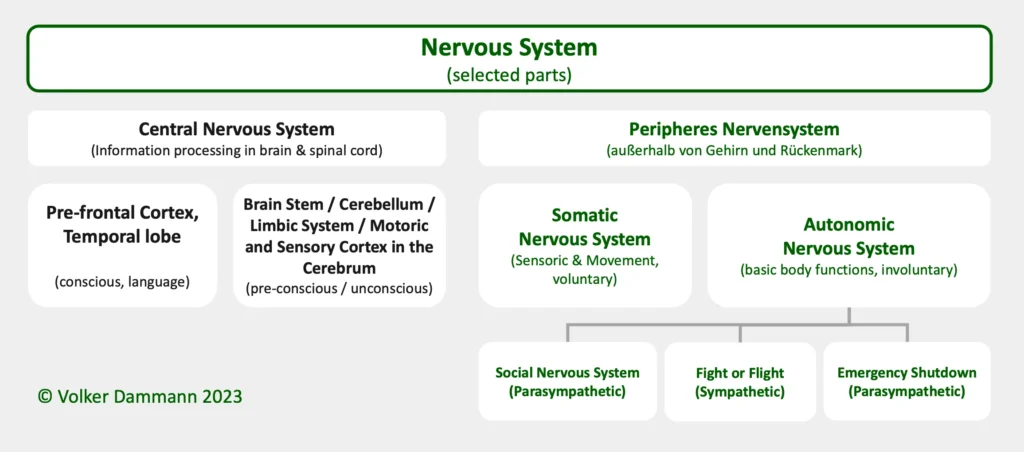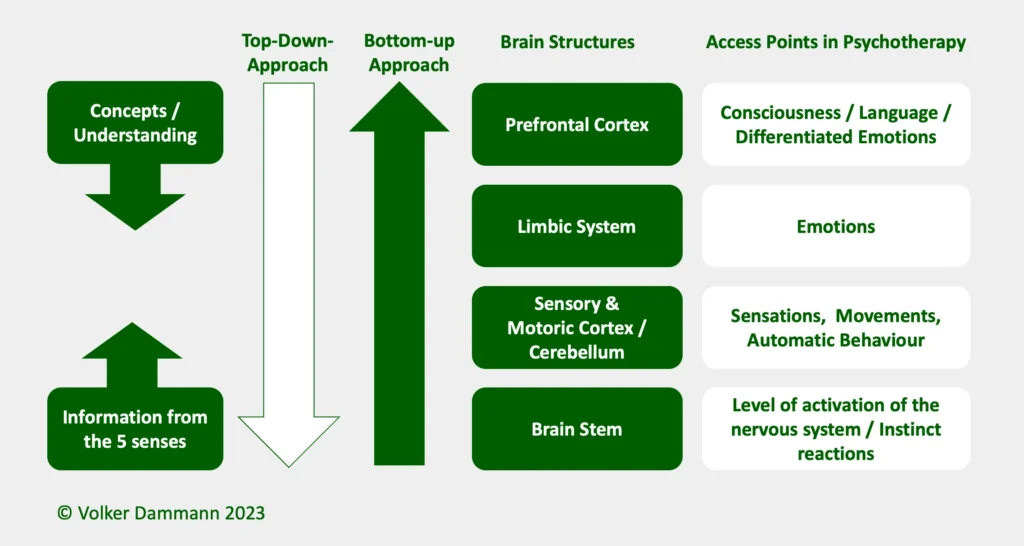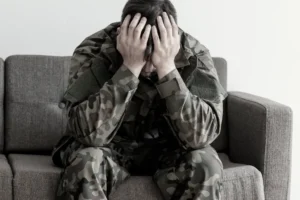Brain, Nervous System & Trauma Therapy

In this article you will find an overview of the nervous system and how it reacts to a traumatic shock. The article is rounded off by an overview on how different schools of psychotherapy approach working with the nervous system (spoiler alert: very different).
Overview of the nervous system

Core parts of the nervous system
The nervous system consists of the central nervous system (brain, spinal cord) and the peripheral nervous system (nervous system outside of the brain and spinal cord).
The central nervous system consists of the neurons in the brain and spinal cord. Its task is the integration, coordination and regulation of all bodily functions, the processing of all neural information and the sending of commands to different areas of the body.
The peripheral nervous system includes the neural tissues in the body outside of the brain and spinal cord. It includes the somatic nervous system and the autonomic nervous system:
- The somatic nervous system includes the sensory, muscular, and motor nerves. It is responsible for movement and perception of our environment and is accessible to conscious control.
- The autonomic nervous system (ANS) controls the basic functions of life that we don’t usually control consciously, such as breathing, digestion, and general levels of activation. The autonomic nervous system maintains basic life functions even during sleep. The functions of the autonomic nervous system are largely unconscious.
The autonomic nervous system plays an important role in the reaction to traumatic situations. It sets the requirements for the emergency mode in dangerous situations.
Nervous system in normal mode and reaction to traumatic shock events
Brain and autonomic nervous system in normal mode – social engagement mode
In normal mode there is a healthy balance, a back and forth between tension (acceleration) and relaxation (deceleration). Humans are adaptable to changing circumstances, can act consciously and react in a considered manner. This adaptive level of activation enables us to socialize in families and groups.
Both the sympathetic and parasympathetic nervous systems are flexibly involved in the adaptive level of activation. The brain is active and the individual can think clearly. People can follow their own rhythm of activity and relaxation and at the same time adapt to the demands of the situation in social contact.
The nervous system in normal mode
The autonomic nervous system (ANS), consisting of the sympathetic and parasympathetic nervous system, normally has the following tasks:
- Sympathetic Nervous System
Flexibly ramps up activity levels.- The “accelerator” (Activity, Movement).
- Tension, reaction to threat
- Parasympathetic Nervous System
Flexibly slows down activity levels. At the same time responsible for a kind of maintenance mode (sleep, energy supply, digestion, metabolism, relaxation).- The “brake” (Relaxaton / Deceleration)
- Social engagement mode
- Maintenance and upkeep of essential life functions
In normal mode there is a healthy balance, a back and forth between tension (acceleration) and relaxation (deceleration). In the brain, the prefrontal cortex and to some extent the limbic system are active. The person can think clearly and consider their emotions. This allows for social activity and contact.
The brain in normal mode
In normal mode, the brain is also set for optimal activity – all brain regions can be used as needed. In particular, the cerebrum with prefrontal cortex and temporal lobe enables higher cognitive functions (consideration, planning, decisions), clear thinking and communication. The cerebellum allows differentiated movements in interaction with the motor cortex. The limbic system is also involved, it controls social contact via our emotional reactions. For example, the insula is involved in body perception and the differentiated perception of emotions. At the same time, the brain stem and the diencephalon (interbrain) control autonomous processes – they keep the body running and control, for example, digestion and the sleep-wake cycle.
At the same time, there are warning mechanisms in the limbic system that allow you to switch to emergency mode if necessary. The amygdala, a kind of fear alarm or threat detector, for example, is involved in this and brings dangers to our attention.
In normal mode, all areas of the brain are active. The person can think clearly and consider their emotions.
Brain and autonomic nervous system in emergency mode – traumatic shock
The general level of activation is controlled by the interaction between the hypothalamus and the limbic system and is transmitted to the rest of the body via neurotransmitters and the nervous system – especially when the amygdala has acted as a danger indicator. This enables the body to switch to a kind of emergency mode in dangerous situations.
Brain stem and cerebellum – automated processes
In emergency and dangerous situations, we resort to reflexive and automated courses of action. This means that in this case the brain stem takes control. – It’s not time for cerebrum reasoning, it’s about survival. In this case, the behavior consists of instinctive (behaviour controlled by the brainstem) and automated movement sequences (which are controlled by the cerebellum).
- The brainstem is the oldest part of the brain, it regulates automatic and vital functions such as respiration (breathing reflex), blood pressure, other reflexes, etc.
- The cerebellum is responsible for reflex movements. This makes it possible to enact complex actions (which have been prepared and practiced in detail) in situations of high danger. This e.g. something, first responders, soldiers, and martial artists rely on.
Sympathetic nervous system – flight or fight
In addition, in emergency and dangerous situations, a fight-or-flight response is triggered throughout the body via the sympathetic part of the autonomic nervous system.
First of all, there is a startle reflex at a danger signal. This is a brief pause, which can also be accompanied by a freeze of the body (with high muscle tension).
This is followed by an orientation reaction and a decision as to whether danger is imminent. If danger is imminent, the body continues to move upwards in the direction of flight or fight. If the orientation has revealed that there is no danger, the person can return to normal mode.
If danger is actually imminent, the nervous system goes into the so-called fight or flight response. The muscles go into maximum tension. In this state, the body prepares itself for peak activity – to flee quickly or, if fleeing is impossible, to fight.
Sympathetic nervous system – The sympathetic nervous system is responsible for firing up the body in dangerous situations.
Parasympathetic nervous system – emergency shutdown
In the extreme case, when flight or fight is not possible, the parasympathetic nervous system triggers a kind of emergency shutdown. This shutting down in moments of greatest danger is perceived as rigid shock state (also known as the frozen state / play-dead reflex).
The emergency shutdown is very different than the freeze in the startle reflex (see above). The shutdown is characterized by complete immobility and loss of muscle tone. In this state, the person is insensitive to pain and perceives normal bodily sensations more from an observer’s perspective. Even in moments of emergency shutdown, there is a very high level of activation beneath the immobility.
Parasympathetic nervous system – This part of the nervous system is responsible for the emergency shutdown.
Return to normal mode
When the danger is over, the person returns to the social nervous system. This means one is again capable of complex interactions with other people or in a group. This takes place via an interaction between the sympathetic and parasympathetic nervous system.
Awakening from immobility: When an emergency shutdown has occurred, it is first necessary to come out of the state of immobility. This is done via sympathetic activation. Flight or fight mode is reactivated. This makes it possible to use up the high level of energy stored below the emergency shutdown.
Processing the flight and fight energies: Coming back to normal from flight or fight mode requires sympathetic arousal processing. This manifests itself, for example, as a trembling of traumatic energy or a strong urge to move. In addition often the orienting reaction needs to be completed.
Finally, return to normal mode. The sympathetic energy is shut down via the parasympathetic nervous system. The body steps on the brakes, so to speak. Finally, the cerebrum is fully available again and social contact becomes possible again. erfolgt die Rückkehr in den Normalmodus.
A combination of the sympathetic and parasympathetic nervous system is required for the return to normal mode.
Procedure in body-oriented trauma therapy
Different methods in psychotherapy
The methods of body psychotherapy mainly work with bottom-up processes: i.e. they start from the body and current sensory information.
In comparison, the classic methods of psychotherapy (e.g. behavioral therapy) work more with top-down processes: They start from concepts, conscious giving of meaning and conscious decisions.
In practice, the bottom-up approach means that older brain structures are approached. Changes at these levels then allow for changes in the prefrontal cortex and make an altered conscious experience possible.










